The Empty Locker
Uncategorized February 25, 2016 SportStars 0
Late 2015 tragedies in the Del Oro and Grant football programs illuminate the toughest role of a coach
By JASON HARPER | Special to SportStars
The January night air was crisp and cold. The air bit. Throngs of faithful Del Oro High students, faculty, parents and fans gathered at midfield to say goodbye to one of their own.
Just days before, Ronny Andrews died in a tragic car accident. A little over a month after winning the school’s first CIF State Bowl title, the Golden Eagles’ football program was joined by its hometown of Loomis as it grieved in loss.
Hundreds gathered in the empty stadium accustomed to standing-room-only cheering fans. Wearing Del Oro’s ominous black and gold colors and #56 lapel pins memorializing Ronny, students whispered to each other wondering how to make sense of it all.
Midfield, where Coach Casey Taylor’s team had battled to compete amidst a season of highs and lows, the emotionally worn coach fought for composure. His eyes red from exhaustion, his shoulders postured with courage, Taylor searched for words. A small podium held tightly by the 14-year coach of the Golden Eagles served as a place for his hand-written notes. Just beyond him on the ground, candles outlined the number 56. Countless times, at this very place he stood, he had hollered resilient motivation. On this night, it was an altar of respect and mourning.
As a coach, he was there to console and counsel and give his grizzled athletes permission to cry.
Twenty miles west and two months earlier, Grant-Sacramento coach Mike Alberghini was broken with the same emotion on his own sideline. The day of the Pacers’ scheduled playoff opener, senior cornerback Jaulon “JJ” Clavo — known for his broad smile, personality and passion for all things Pacers — died from a gunshot wound to the neck just hours before kickoff. The team honored Clavo in their locker room with photos and flowers, some sent by area football programs. And they honored him on the field by prevailing 35-0 over Beyer-Modesto in the re-scheduled game three days later.
Two storied programs. Both dealing with death. And they are not alone.
Each year across the country, scores of teachers, coaches, principals, players and fans are forced to deal with the death of a student. There are no quick fixes. Coaches lead their players on and off the field, but death is never easy to navigate.
Berkeley High basketball coach Mark DeLuca vividly remembers the moment when his friend and housemate, Richmond boys basketball coach, Rob Collins, lost a player to gang violence. Rodney Frazier died after being shot outside of his grandfather’s house just days before the first scheduled practice of the 2014-15 season. The reasons was believed to be mistaken identity.
“Friday night, I heard him screaming and crying. I immediately went to find out what was wrong and he looked up and said, ‘My point guard was just shot and killed,’” DeLuca recalled in a 2014 interview with SportStars. “He just sat around the house crying. By Sunday he was finally able to talk about it.”
Though they spend hours devising game plans and schemes, rarely does a coach think about getting continuing education credits in grief counseling. Yet for the sake of the students they lead, they are forced to help process the emotion and begin leading student athletes in the healing journey.
Before Grant took the field after its weekend delay, many wondered how the Pacers would respond.
“I spent so much time crying over the weekend that it was hard to rally,” Alberghini said, his eyes bloodshot. “We have to do this. It’s part of life.”
In Loomis, the candles flickered bright.
“Tonight,” Taylor said, “I want to introduce one of our final speakers, Fatima Galindo, Ronny’s mom.”
An awkward hush hovered over the crowd. Galindo, a native of Honduras and a current Crisis Counselor in Placer County, stepped to the microphone. Students held on to each other for support as she began to speak. “My English, not so good. But listen to me. You all loved Ronny. And he loved you. Take arm. Hold high. Hold other arm up with candle,” Galindo directed as she coached the crowd, her voice strong.
She had set aside her own need to mourn and was being of service to others.
“In my Spanish, ‘Adios’ means goodbye. Say ‘Adios Ronny.’ With your candle high, use other hand and wave to sky. Say it louder, ‘Adios Ronny, Adios!’”
Hundreds of hands went skyward with candles flickering. Faint ‘adios’ murmurings begin to build. Within seconds, the field was layered with an active action of closure. Healing had commenced. Slow and small, but it had started by the courage of the one hurting the most, Ronny’s mom.
Taylor, along with other coaches, players, students and faculty, stood waving and repeating this mother’s motivational mantra — ‘Adios Ronny.’
“She was brilliant and bold. I had no idea she was a counselor and as I listened to her lead the crowd, I was thinking, ‘She is coaching these kids through this better than I ever could,’” Taylor said. “We were stunned by her strength. She is a true warrior.”
For those who coach long enough, the likelihood of a death on campus only rises. When tragedy hits, what can schools, teachers and coaches do? Both Grant and Del Oro had crisis counselors in place in the days following their losses. In both cases, law enforcement chaplains were also on campus to help students deal with these losses. DeLuca and Collins worked with the City of Richmond to hold a peace rally in the wake of Frazier’s death. Several Bay Area teams and coaches attended.
“Grief looks different with each person and does not follow a set time line.” said Dr. Miranda Kucera, a school psychologist at Rocklin High.
“Immediate support is essential, but equally important is long-term support,” continued Kucera. “Coaches can be instruments in connecting their students to their counselors and school psychologist that aid in the grieving process.”
For Taylor and Alberghini, the healing has started. And like their players, the grief is gone but not forgotten.
Jason Harper is the founder of Character Combine, a one-day event that assesses, develops, and celebrates character in college, high school and youth sports
SportStars
SportStars Magazine: High School Sports Articles Online SportStars is your go-to source for the very best high school sports articles in California. Player and team profiles, game coverage, health and fitness tips and the largest Camps, Clinics & Combine resource for athletes. We're the story behind the stats.

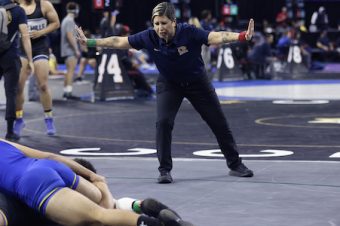
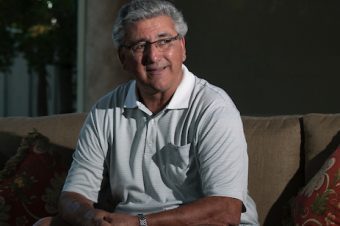
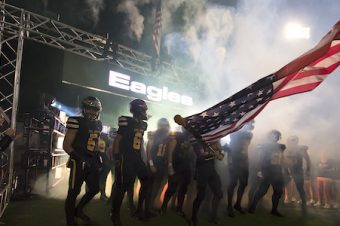

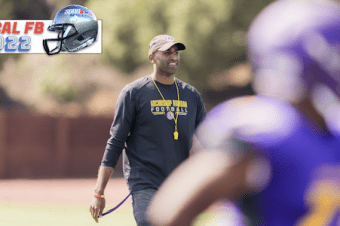
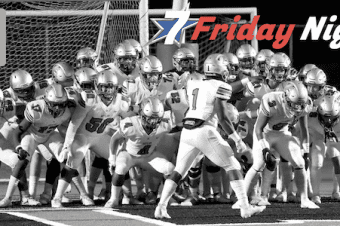
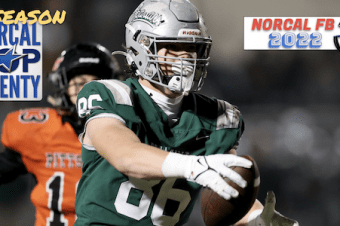
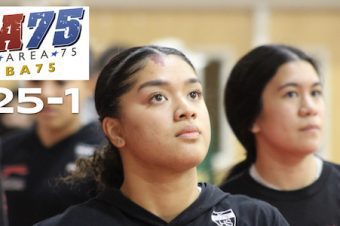

No comments so far.
Be first to leave comment below.